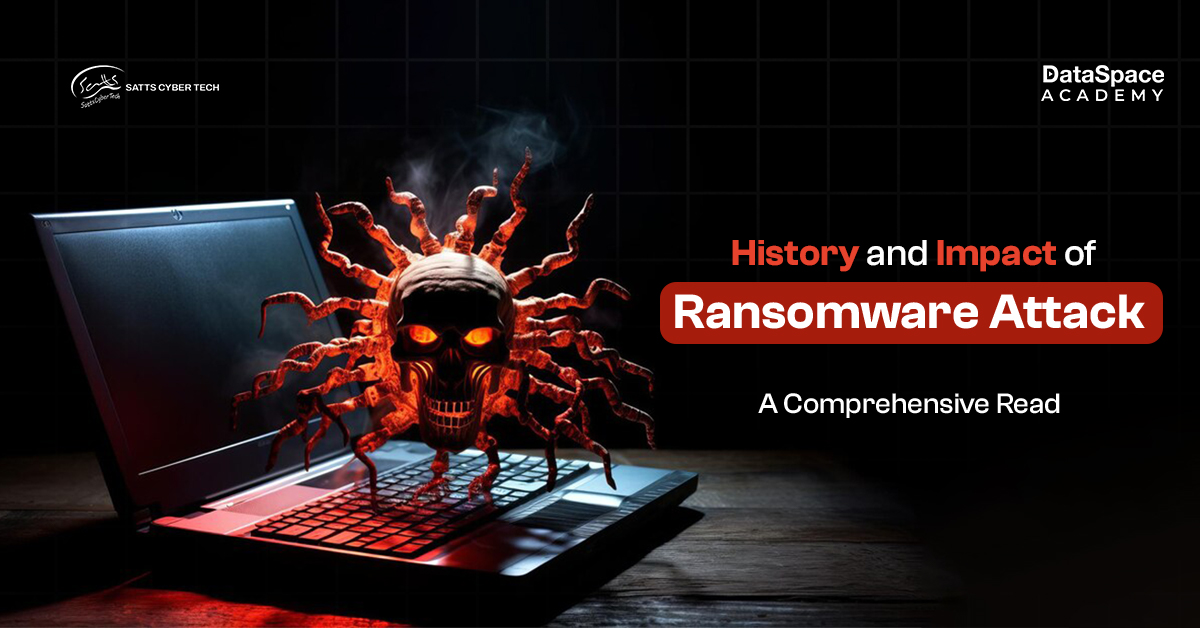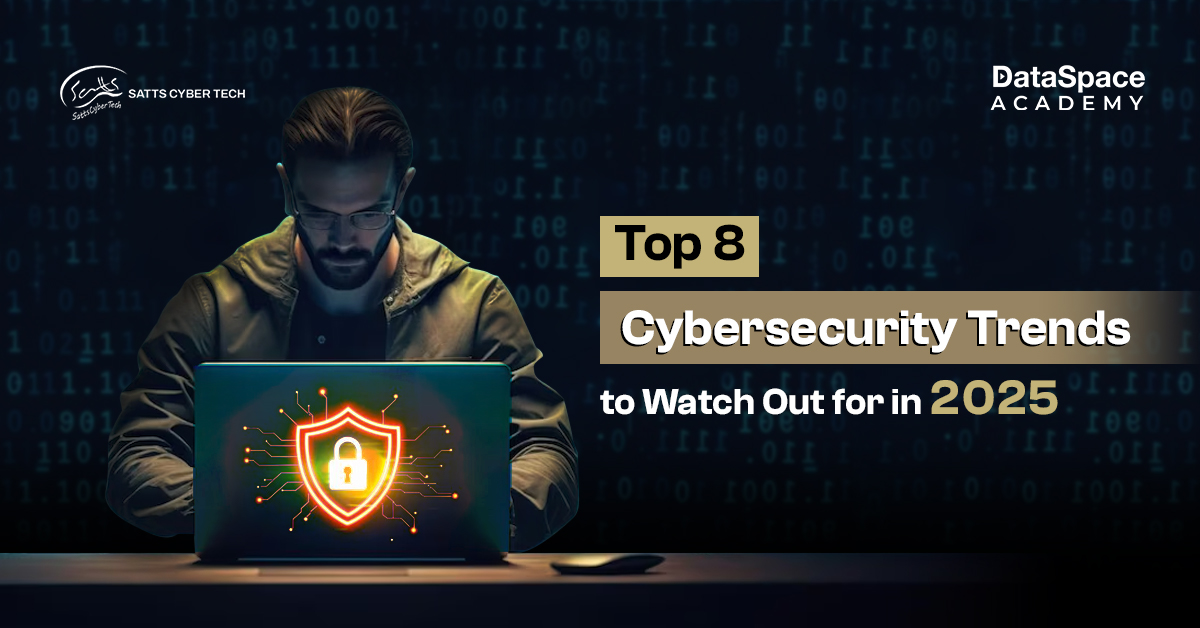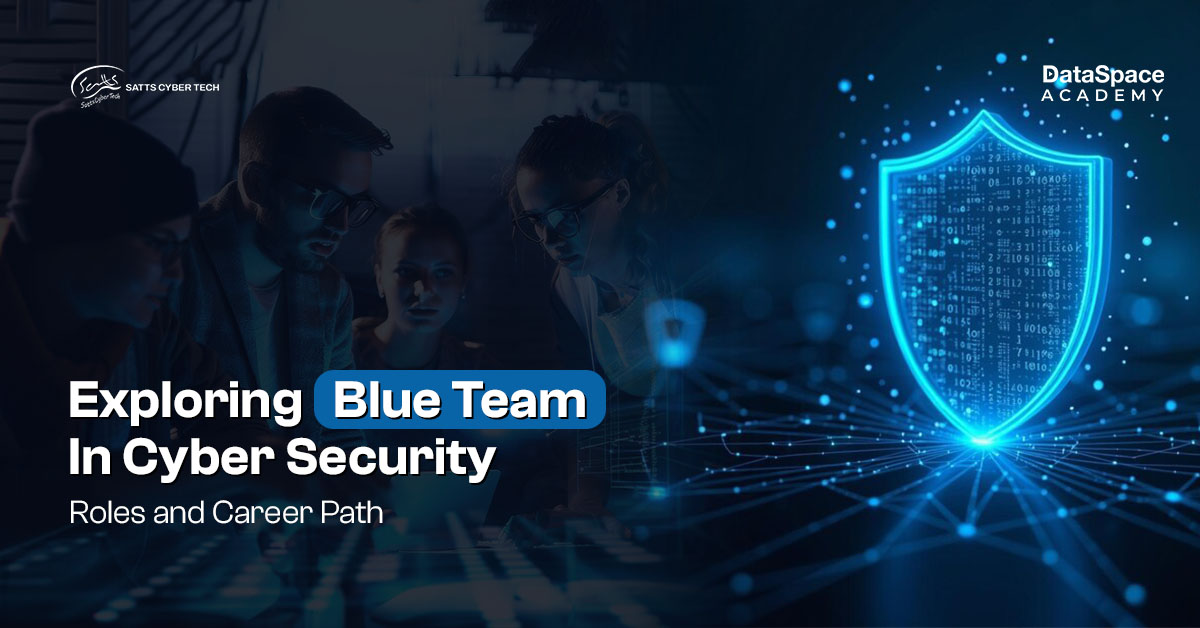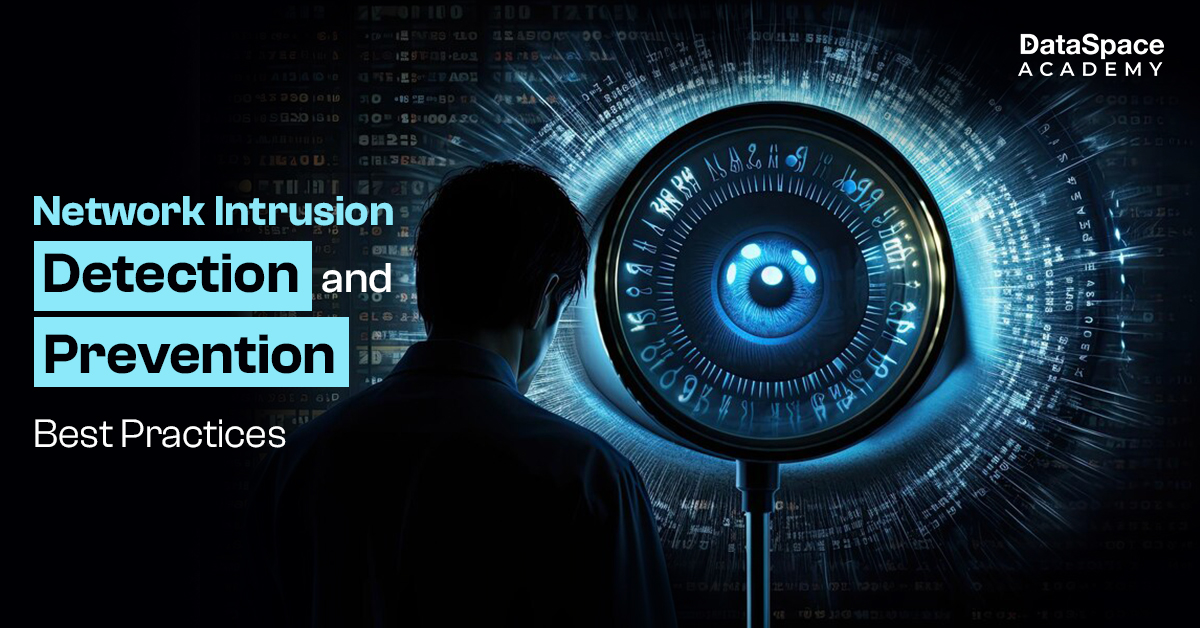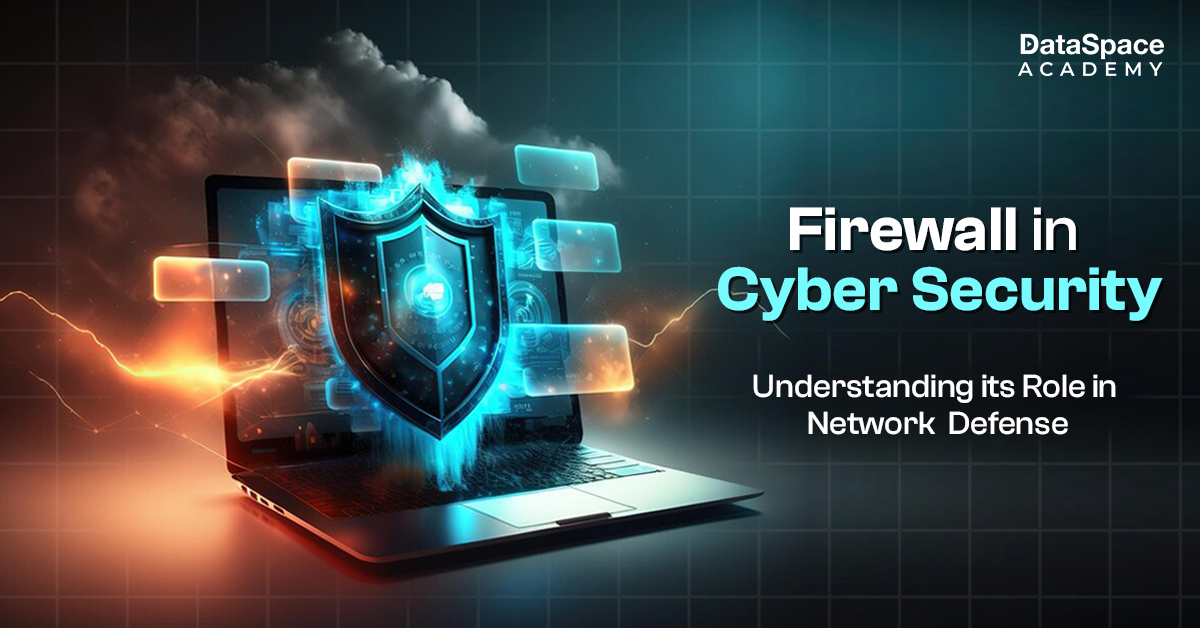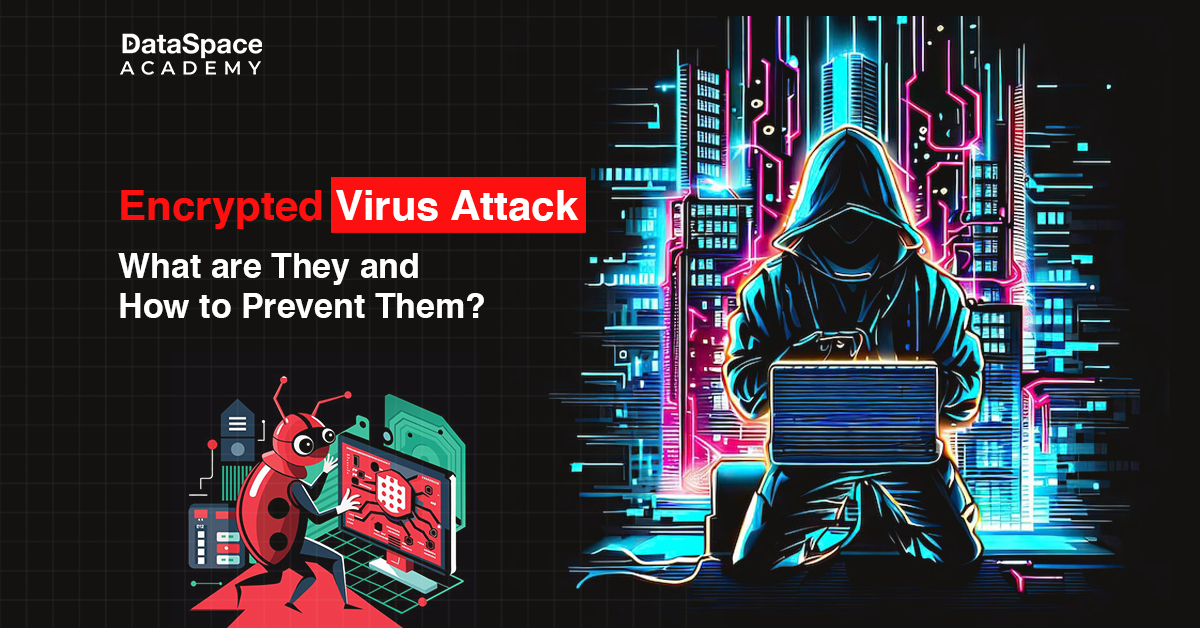Top Cyber Security Threats One Should Be Aware Of
Last Updated : 11 Jul, 2023
 1L
1L

The digital age has paved the way for common cyber security threats, threatening businesses, government bodies, and private individuals alike. Today cybersecurity has become a major concern for all of us. And why not? By one estimate, cyber attacks could cost approximately US$ 10.5 trillion in losses by 2025 (Source: zdnet.com).
Although organisations can implement numerous cyber security measures to secure their systems against hacking incidents, most of them are still yet to ensure complete security for their IT network. In reality, human — by far — is the weakest link in an organisation’s cybersecurity defences (Sources: 2022 Data Breach Investigations Report | Verizon). Often employees can make unintentional and careless mistakes, which hackers can exploit. The post below offers a brief on the top cyber threats that have created havoc in recent times.
Importance Of Cybersecurity Awareness
With the significantly rising number of cyber threats, it is vital for organisations to keep their business and workforce safe online. Unfortunately, organisations face severe security breaches despite installing state-of-the-art cyber security defence systems. Surprisingly, more than 80% of breaches are linked to human error or negligence (Source: Data Breach Investigations Report | Verizon). Most data breaches involve cases like social engineering attacks or errors and misuse of stolen credentials.
The long list of emerging cyber threats and the cumulative losses caused by them has made cyber security awareness essential for everyone. For companies, ignoring or not conducting cybersecurity awareness training could bring on serious consequences. It could result in legal issues, financial losses, loss of intellectual property, and so on.
Top Cyber Security Threats and Safety Tips to Bypass Them
The advancement of technologies brings in numerous cyber security challenges and threats for us. Here is a concise overview of the top cybersecurity threats in 2023 that individuals and organisations should be aware of to protect themselves:
-
Phishing Attacks
In phishing attacks, cybercriminals trick victims into divulging sensitive information, such as credit card details, passwords, or user IDs. These attacks often involve emails, text messages, or fake websites that mimic trusted websites or platforms. Phishing techniques range from spear phishing (targeting specific individuals) to whaling (targeting high-profile individuals).
-
Safety tip
As a safety tip, always analyse the sender’s Email Address when you receive emails from unknown email ids. Most telltale signs of phishing emails are grammatical errors in the email body or suspicious URLs. If you receive emails with these issues, immediately report them. Also, make sure your system and Email IDs have security measures like two-factor authentication. And remember to keep your software up to date and educate your family members and employees about phishing.
-
-
Ransomware Attacks
Ransomware attacks remain one of the top cybersecurity threats. These are malicious software that hackers send to target systems to block user access to data. The moment the innocent victims try to access the blocked data, they are slapped with a heavy ransom to gain access to the blocked data. Ransomware hackers often target businesses or government organisations, especially high-net-worth entities, and can demand as high as USD 40 million as ransom payments (source: IBM.com).
These threat actors usually deliver ransomware threats through malicious attachments, phishing emails, or exploit kits. In some cases, attackers can exploit vulnerabilities in outdated software or use remote desktop protocols to gain unauthorised access.-
Safety tip
To stay safe from ransomware, it is essential to regularly back up data and store it offline or on secure cloud storage.
-
-
Distributed Denial of Service (DDoS) Attacks
The Distributed Denial of Service (DDoS) attacks are orchestrated attempts to overwhelm a target system or network with an excessively high flood of traffic, making it inaccessible to legitimate users. The primary aim of these attacks is to disrupt services, cause financial harm, or even serve as a distraction to enable other malicious activities.
-
Safety Tips
To mitigate the impact of DDoS attacks, leading cyber security companies recommend strategies like deploying traffic filtering and rate-limiting mechanisms, and using dedicated DDoS mitigation services. Also, network monitoring and anomaly detection tools can help organisations spot and neutralise these attacks in real time.
-
-
Social Engineering
One of the top cybersecurity attack cases, a social engineering scam tries to manipulate human psychology to deceive individuals into disclosing sensitive information. The common thread of social engineering attacks is the exploitation of trust, curiosity, or ignorance of the victim to gain unauthorised access and acquire confidential data.
-
Safety Tips
Organisations should invest in raising awareness about social engineering attacks among employees so that the latter can spot and avoid the scam easily. Implementation of advanced security measures like 2FA as well as Multi-factor authentication in company accounts is also recommended.
-
What should be included in cyber security threat awareness training?
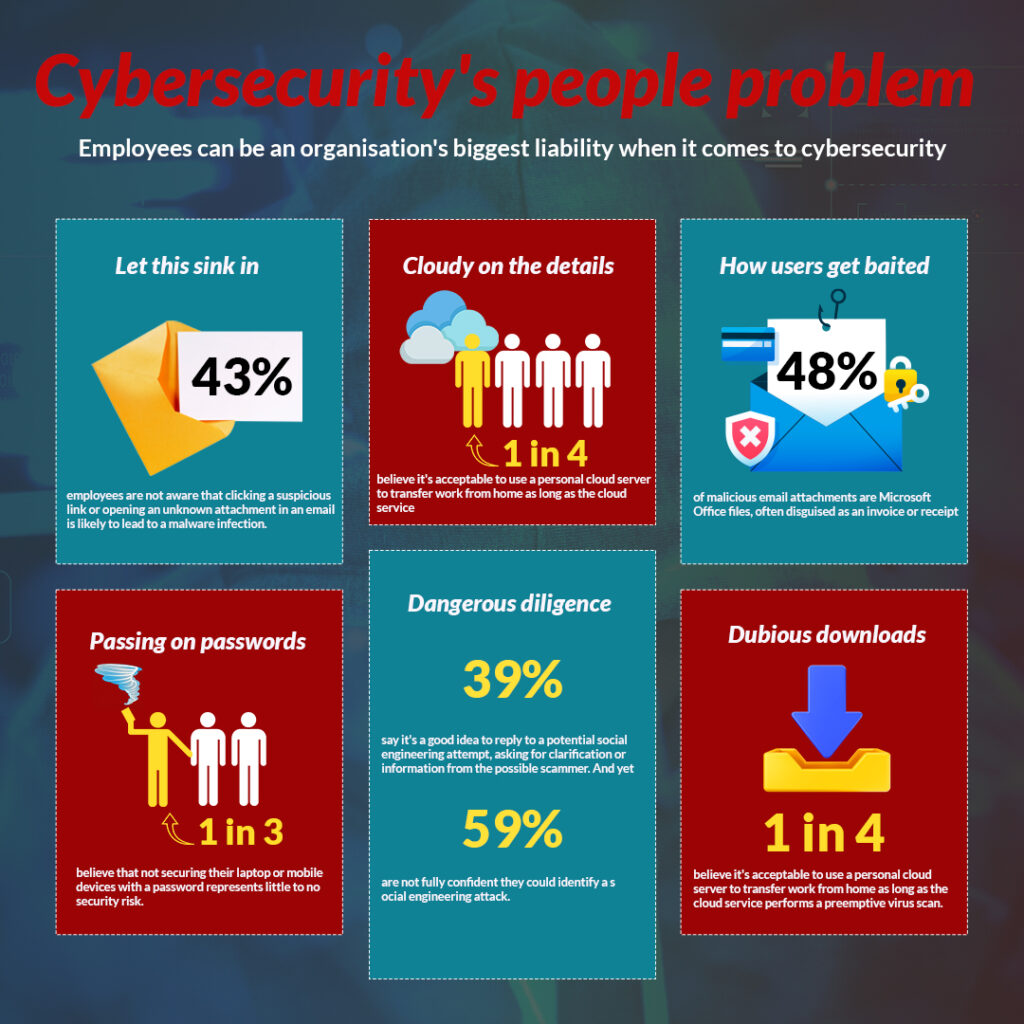
With the rising number of cyber security incidents, cybersecurity awareness training has become the need of the day. Today, organisations are including IT administrators and other employees in their training programs to proactively neutralise major cyber threats. Here are some security measures that must be included in every cybersecurity awareness training program:
-
Focus on Email Security
Email is one of the most important communications tools for businesses today. Unfortunately, hackers know that as well. They use emails as an entry point for several types of cybercrimes, including phishing, ransomware, or malware. Therefore, offering detailed training to employees on email security can safeguard them as well as businesses against malicious email attacks.
-
Raising Awareness on Phishing and Social Engineering:
Among the biggest cyber security threats, social engineering and phishing attacks manipulate the victim’s mind to deceive and influence their targets to take desired actions. Phishing and social engineering attacks are highly targeted and convincing, making them the most successful attacks among current cybersecurity threats. Thus, organisations should take proactive measures to educate employees about these threats so that they can identify such malicious attempts before it’s too late.
-
Browser Security
Web browsers often hold large volumes of sensitive data, making them prime targets for hackers. Therefore, organisations must provide browser/internet security training on maintaining best browsing practices, security tips, etc. for maintaining a safer browser experience.
-
Stronger password security
Security awareness programs must include password management and password best practices. In these tutorials, the participant can learn about what constitutes a strong password and two-factor authentication.
Cyber security has become a high priority for organisations and individuals in order to stay safe. Implementing safety measures and raising awareness against top cyber threats can help businesses stay safe in the long run.
Are you ready to learn more about cyber security best practices? Then the 5-months Cybersecurity Essentials Program by Dataspace Academy would be extremely helpful for you. This comprehensive training program offers you in-depth training on essential topics like data protection, network security, risk management, etc. It helps you develop essential skills while trying You will also receive an opportunity to develop hands-on experience in cybersecurity tools and real-life projects that will empower you to build a flourishing career in cybersecurity.
 1L
1L

